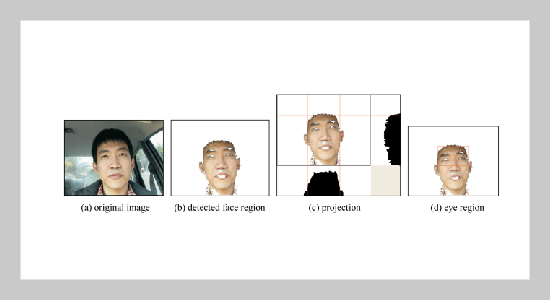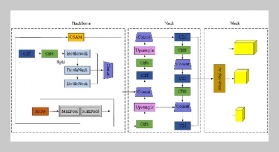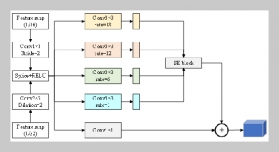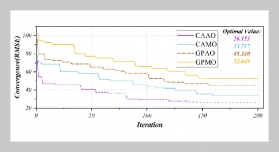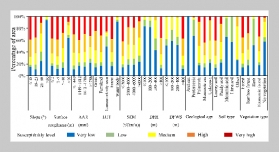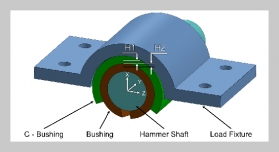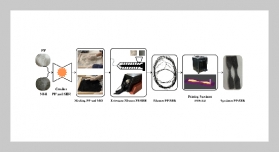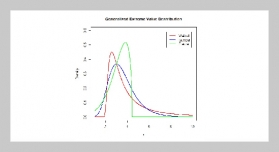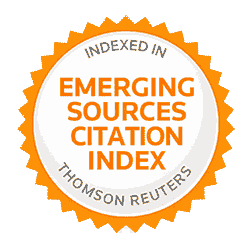REFERENCES
- [1] Shinar, D., Psychology on the Road, John Wiley & Sons, Danvers, MA, U.S.A. (1979).
- [2] Recarte, M. A. and Nunes, L. M., “Effects of Verbal and Spatial-Imagery Tasks on Eye Fixations While Driving,” Journal of Experimental Psychology: Applied, Vol. 6, pp. 31�43 (2000).
- [3] Cho, K. J., Roy, B., Mascaro, S. and Asada, H. H., “A Vast DOF Robotic Car Seat Using SMA Actuators with a Matrix Drive System,” Proc. IEEE Robotics and Automation, New Orleans, LA, U.S.A., Vol. 4, pp. 3647�3652 (2004).
- [4] Chieh, T. C., Mustafa, M. M., Hussain, A., Zahedi, E. and Majlis, B. Y., “Driver Fatigue Detection Using Steering Grip Force,” Proc. IEEE Student Conference on Research and Development, Putrajaya, Malaysia, pp. 45�48 (2003).
- [5] Wilson, B. J. and Bracewell, T. D., “Alertness Monitor Using Neural Networks for EEG Analysis,” Proc. IEEE Signal Processing Society Workshop on Neural Networks for Signal Processing, Sydney, Australia, Vol. 2, pp. 814�820 (2000).
- [6] Vuckovic, A., Popovic, D. and Radivojevic, V., “Artificial Neural Network for Detecting Drowsiness from EEG Recordings,” Proc. IEEE Seminar on Neural Network Applications in Electrical Engineering, Belgrade, Yugoslavia, pp. 155�158 (2002).
- [7] Gonzalez, R. C. and Woods, R. E., Digital Image Processing, Second Edition, Prentice Hall, Upper Saddle River, NJ, U.S.A. (2002).
- [8] Davies, E. R., Machine Vision: Theory, Algorithms, Practicalities, Third Edition, Elsevier, Oxford, UK (2005).
- [9] Forsyth, D. A. and Ponce, J., Computer Vision: A Modern Approach, Prentice Hall, Upper Saddle River, NJ, U.S.A. (2003).
- [10] Gu, H., Ji, Q. and Zhu, Z., “Active Facial Tracking for Fatigue Detection,” Proc. IEEE Workshop on Applications of Computer Vision, Orlando, FL., U.S.A., pp. 137�142 (2002).
- [11] Ji, Q., Zhu, Z. and Lan, P., “Real-Time Nonintrusive Monitoring and Prediction of Driver Fatigue,” IEEE Transactions on Vehicular Technology, Vol. 53, pp. 1052�1068 (2004).
- [12] Zhu, Z. and Ji, Q., “Real-Time and Non-intrusive Driver Fatigue Monitoring,” Proc. IEEE Intelligent Transportation Systems, Washington, D.C., U.S.A., pp. 657�662 (2004).
- [13] Gu, H. and Ji, Q., “An Automated Face Reader for Fatigue Detection,” Proc. IEEE Automatic Face and Gesture Recognition, Seoul, Korea, pp. 111�116 (2004).
- [14] Ito, T., Mita, S., Kozuka, K., Nakano, T. and Yamamoto, S., “Driver Blink Measurement by the Motion Picture Processing and its Application to Drowsiness Detection,” Proc. IEEE Intelligent Transportation Systems, Singapore, pp. 168�173 (2002).
- [15] Eriksson, M. and Papanikolopoulos, N. P., “EyeTracking for Detection of Driver Fatigue,” Proc. IEEE Intelligent Transportation Systems,Boston, MA, U.S.A., pp. 314�319 (1997).
- [16] Singh, S. and Papanikolopoulos, N. P., “Monitoring Driver Fatigue Using Facial Analysis Techniques,” Proc. IEEE Intelligent Transportation Systems, Tokyo, Japan, pp. 314�318 (1999).
- [17] Wang, R., Guo, K., Shi, S. and Chu, J., “A Monitoring Method of Driver Fatigue Behavior Based on Machine Vision,” Proc. IEEE Intelligent Vehicles Symposium, Columbus, Ohio, U.S.A., pp. 110�113 (2003).
- [18] Wang, R., Guo, L., Tong, B., and Jin, L., “Monitoring Mouth Movement for Driver Fatigue or Distraction with One Camera,” Proc. IEEE Intelligent Transportation Systems, Washington, D.C., U.S.A., pp. 314� 319 (2004).
- [19] Dong, W. and Wu, X., “Driver Fatigue Detection Based on the Distance of Eyelid,” Proc. IEEE VLSI Design and Video Technology, Suzhou, China, pp. 365� 368 (2005).


